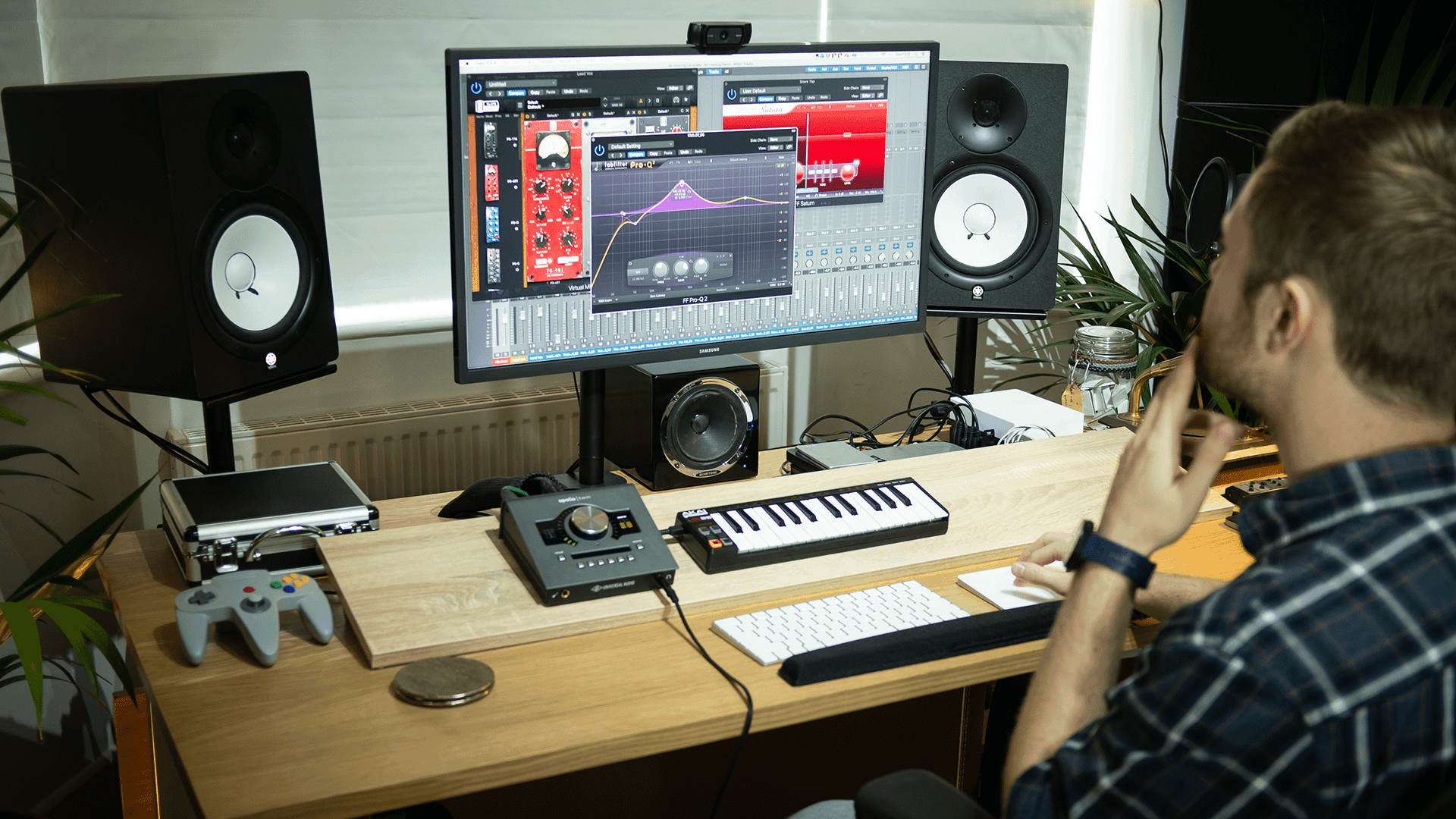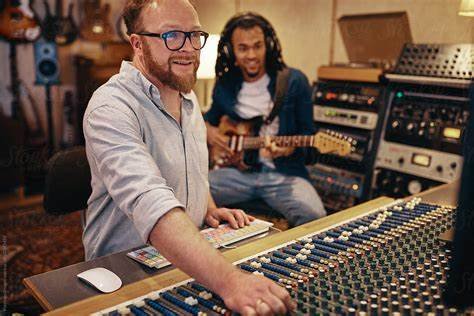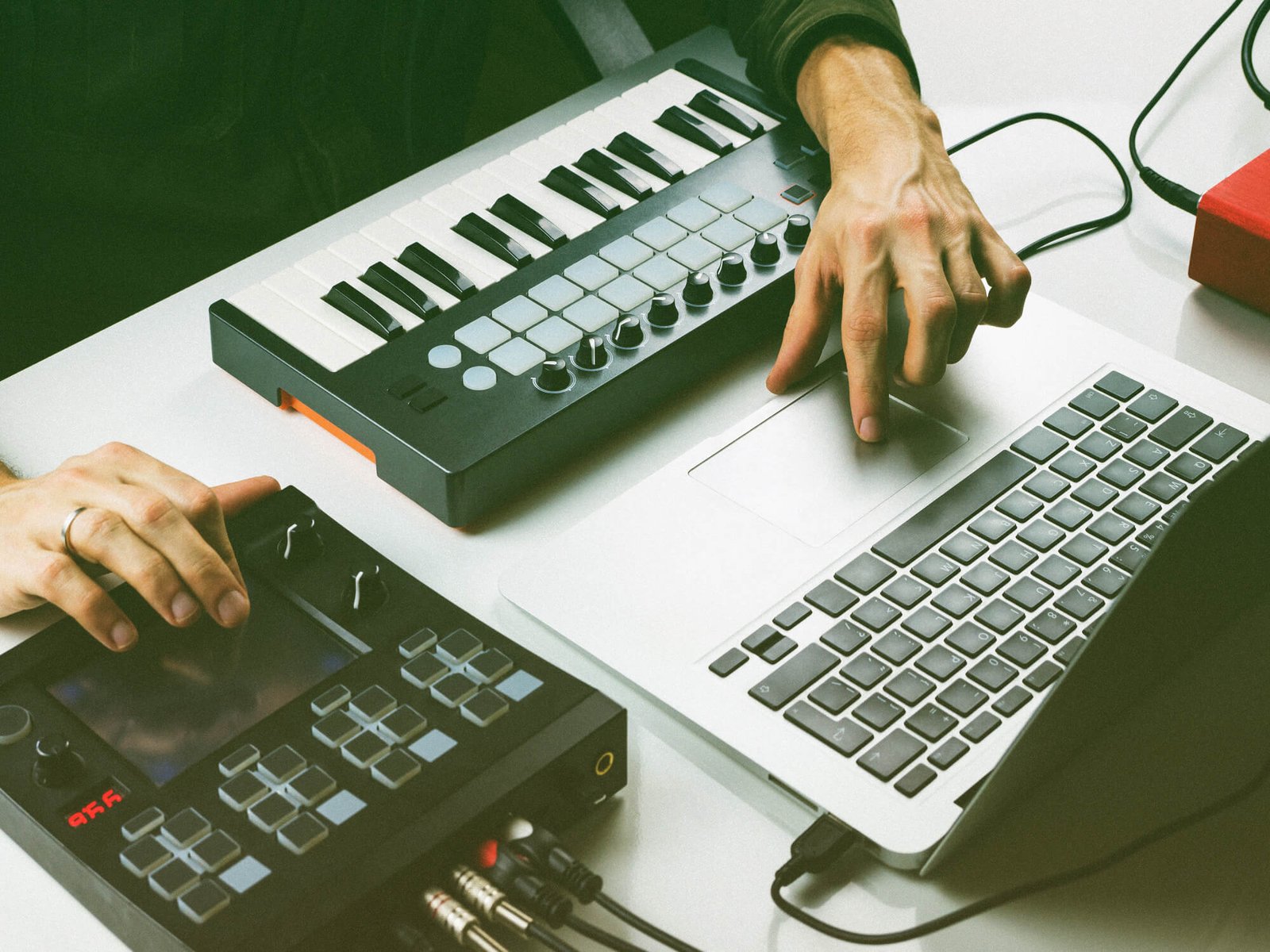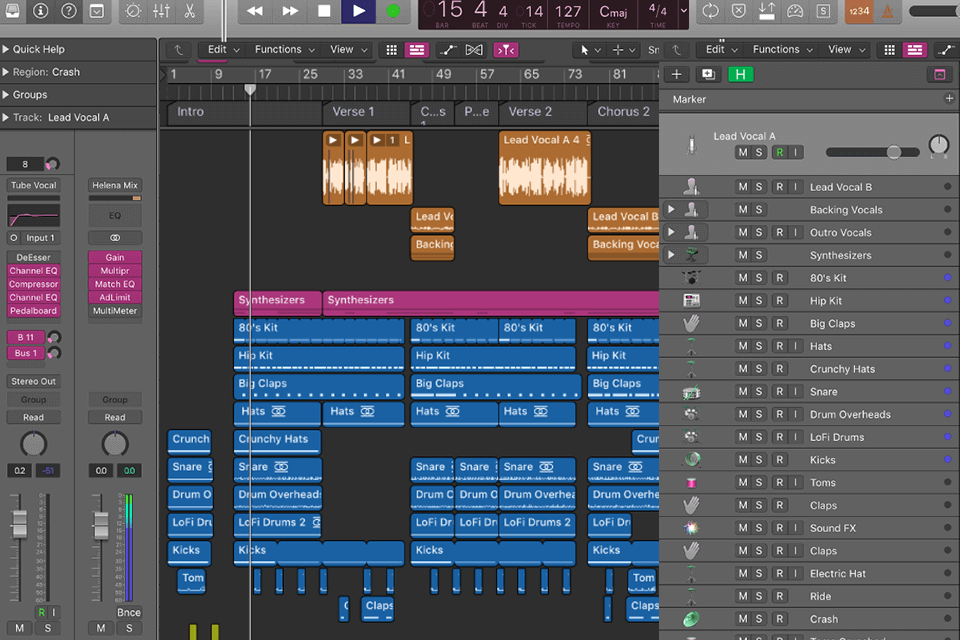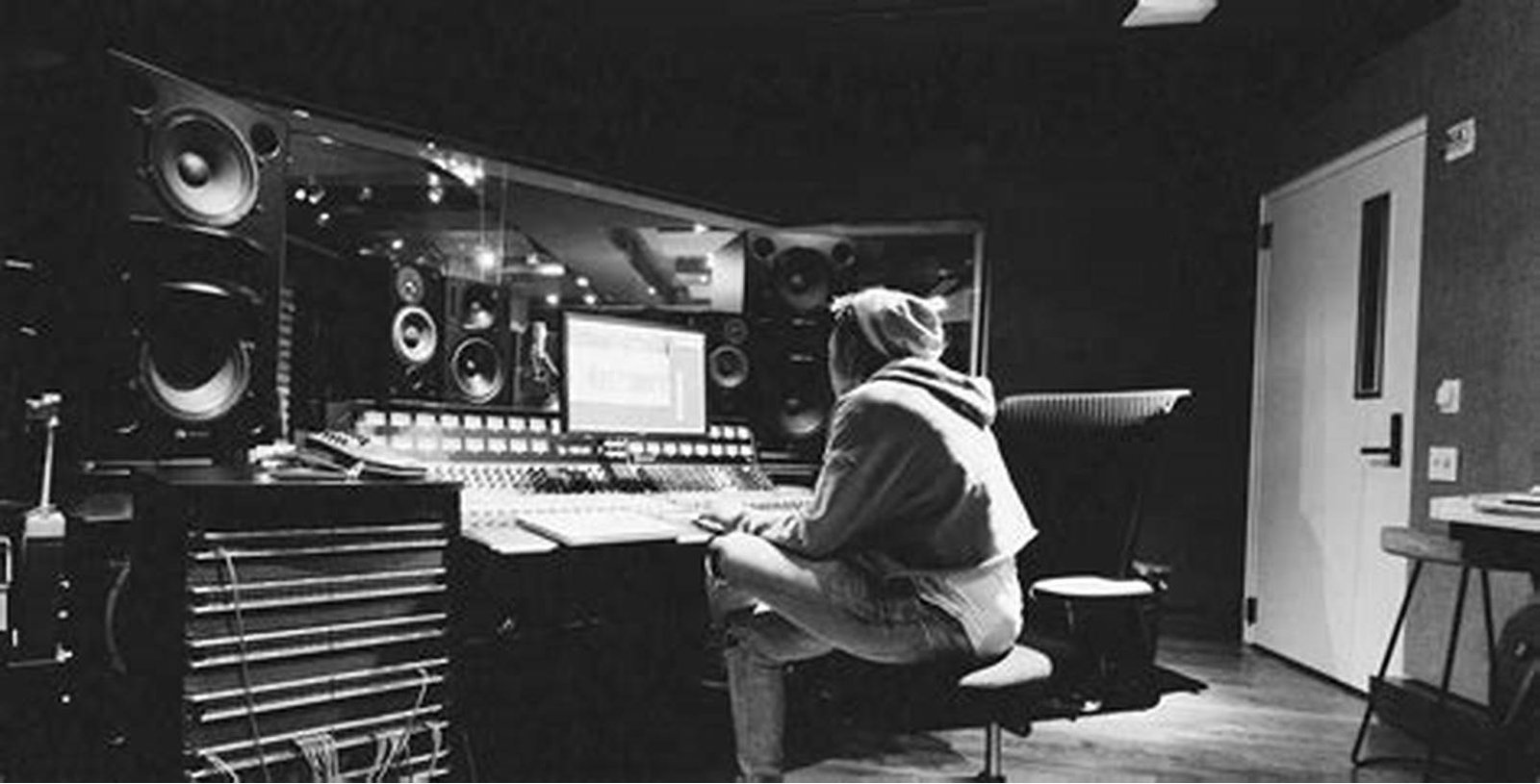Setting up a home studio can be an exciting journey for any musician or producer. The right equipment for home studios can make a huge difference in the quality of your recordings and productions. This article will explain essential tools and gear that can help you create a professional sound right from your home.
1. Digital Audio Workstation (DAW)
A Digital Audio Workstation, or DAW, is the heart of your home studio. It is software that allows you to record, edit, and produce music. Popular options include Ableton Live, FL Studio, and Logic Pro X. Choosing the right DAW depends on your workflow and the type of music you produce. Ensure that the DAW you select has all the features you need to bring your musical ideas to life.
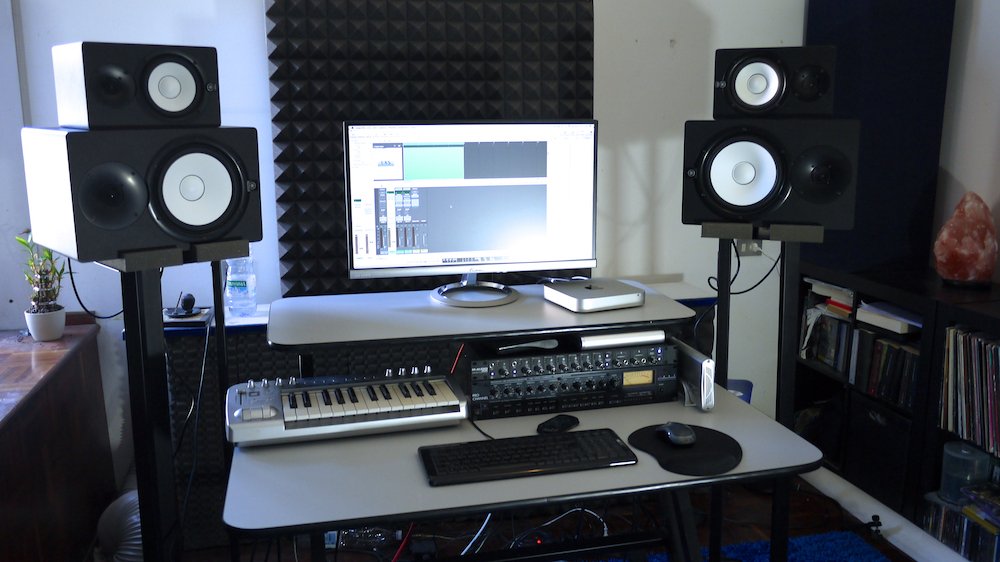
2. Audio Interface
An audio interface is crucial when setting up your home studio. This device connects your instruments and microphones to your computer. It converts analog signals into digital data, allowing you to record sound with high fidelity. Look for an audio interface with at least two inputs and outputs, which gives you the flexibility to record multiple instruments at once. Brands like Focusrite and PreSonus offer reliable interfaces for beginners and professionals alike.
3. Microphones
Quality microphones are essential for capturing vocals and instruments in your home studio. Depending on your needs, you might choose dynamic or condenser microphones. Dynamic microphones are excellent for loud sources like drums, while condenser microphones capture a wider frequency range, making them ideal for vocals and acoustic instruments. Popular choices include the Shure SM57 for dynamics and the Audio-Technica AT2020 for condensers. Invest in a good microphone to ensure your recordings sound polished.
4. Studio Monitors
Having a pair of studio monitors can significantly improve your mixing and listening experience. Unlike regular speakers, studio monitors are designed to produce a flat frequency response, allowing you to hear your music accurately. This accuracy is crucial for making mixing decisions. Brands like KRK, Yamaha, and JBL offer great options for home studios. Choose monitors that fit your space and budget, ensuring they provide clear sound at various volume levels.
5. Headphones
A good pair of headphones is another vital piece of equipment for home studios. Closed-back headphones are great for recording because they prevent sound from leaking into the microphone. Open-back headphones, on the other hand, are ideal for mixing, as they offer a more natural sound. Brands like Audio-Technica and Beyerdynamic provide excellent options for both recording and mixing. Invest in comfortable, high-quality headphones to enhance your workflow.
6. MIDI Controller
A MIDI controller can expand your creative possibilities in a home studio. This device allows you to control virtual instruments and software with keys, pads, or knobs. MIDI controllers come in various sizes, from compact models to full-sized keyboards. If you produce electronic music, a MIDI controller can help you create melodies and beats more intuitively. Look for a controller that integrates well with your DAW for a seamless experience.
7. Acoustic Treatment
Acoustic treatment is often overlooked but essential for achieving great sound in your home studio. Treating your room with sound-absorbing panels, bass traps, and diffusers can minimize unwanted reflections and improve the overall sound quality. This is especially important if you’re recording vocals or live instruments. Consider DIY solutions or invest in professional acoustic panels to create a better listening environment.
8. Cables and Stands
Don’t forget about cables and stands when setting up your home studio! High-quality audio cables ensure a clean signal from your microphones and instruments to your audio interface. Invest in durable cables that can withstand regular use. Additionally, microphone stands and keyboard stands are important for positioning your gear comfortably. Proper organization of your equipment can enhance your workflow and make your studio more functional.
9. Plugins and Virtual Instruments
Plugins and virtual instruments can expand the capabilities of your home studio. Many DAWs come with built-in plugins, but you can also purchase third-party options for more variety. Look for effects plugins like EQs, compressors, and reverbs to enhance your sound. Additionally, virtual instruments can provide a wide range of sounds, from synthesizers to orchestral instruments. Experimenting with different plugins can lead to unique sounds and creative breakthroughs.
10. External Storage
Finally, don’t overlook the importance of external storage in your home studio setup. Music production can consume a lot of space on your computer, especially when working with high-quality audio files. Having an external hard drive or cloud storage solution ensures that your projects are safe and accessible. Regularly back up your work to avoid losing valuable recordings and compositions.
Conclusion
Investing in the right equipment for home studios is essential for anyone serious about music production. From a solid DAW to quality microphones and studio monitors, each piece plays a vital role in creating high-quality recordings. By carefully selecting your gear, you can build a home studio that meets your needs and helps you produce the music you love. Start with the essentials and gradually expand your setup as your skills and projects grow.



